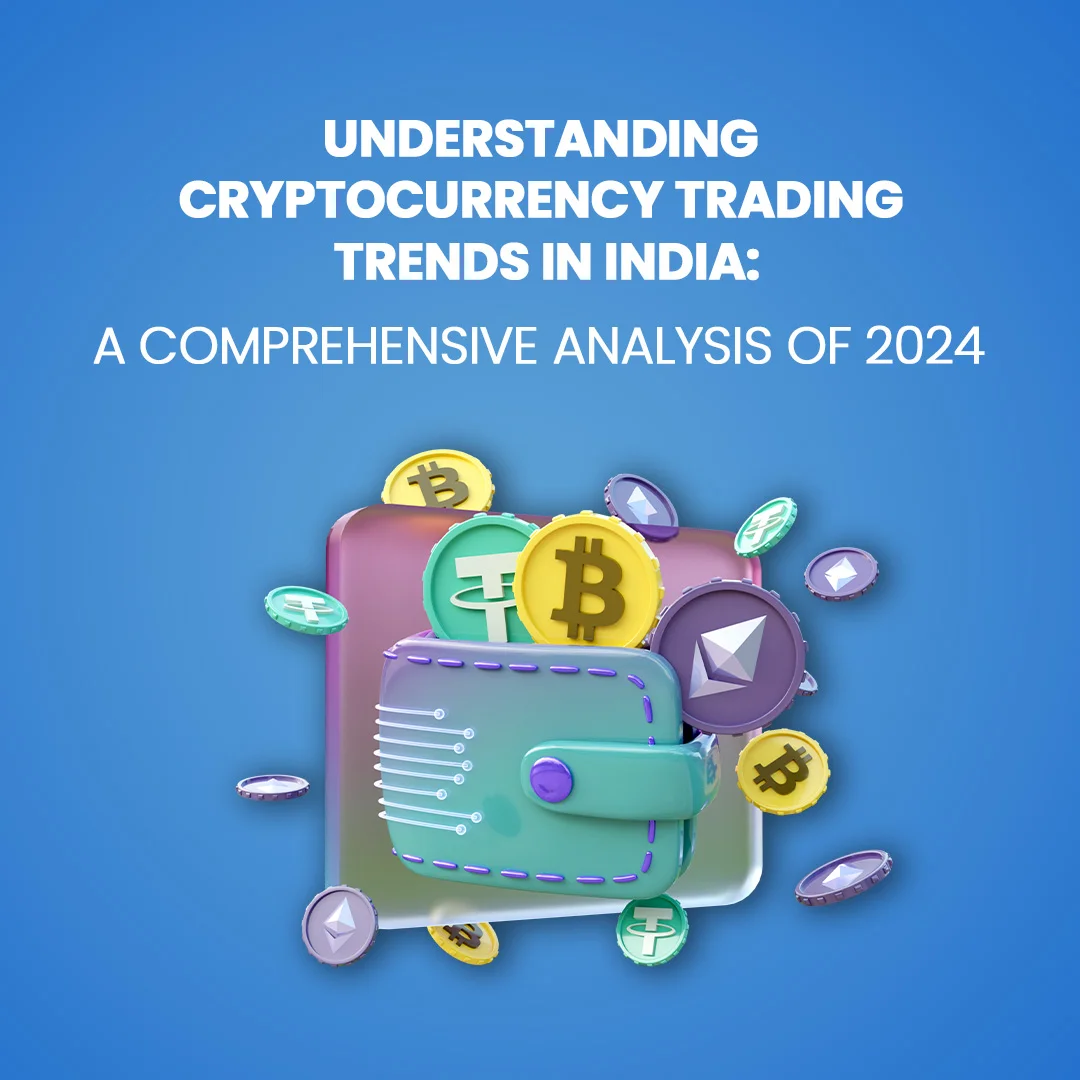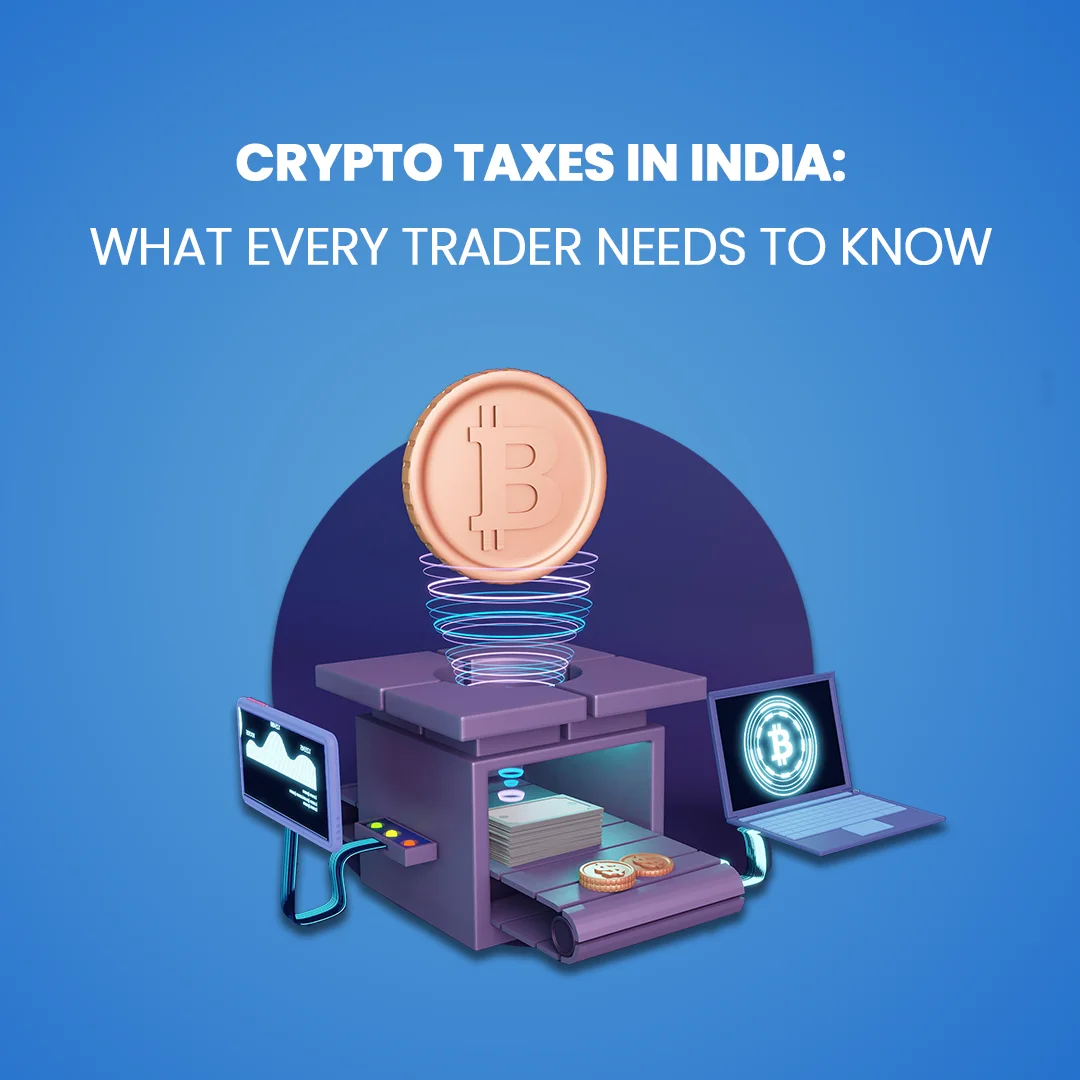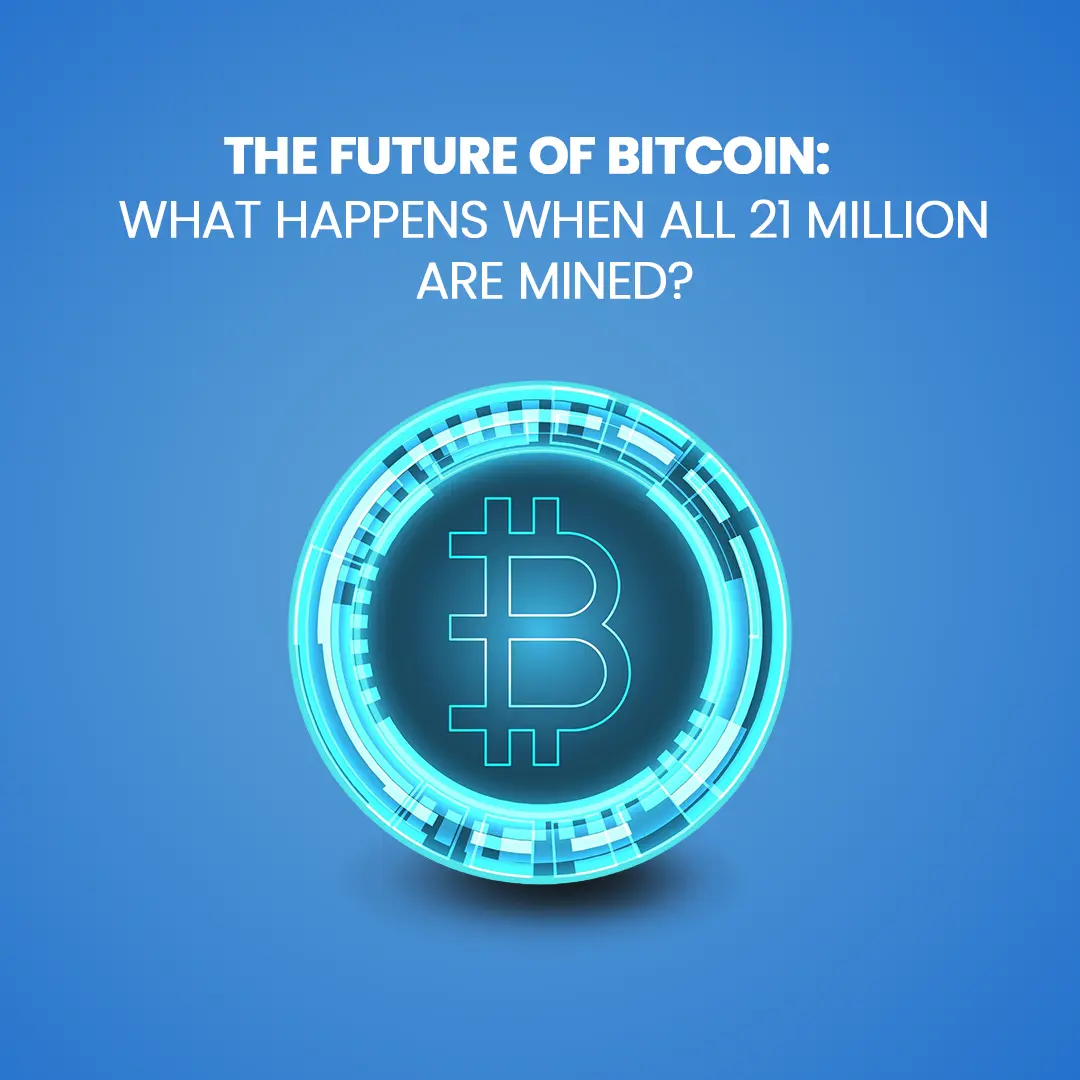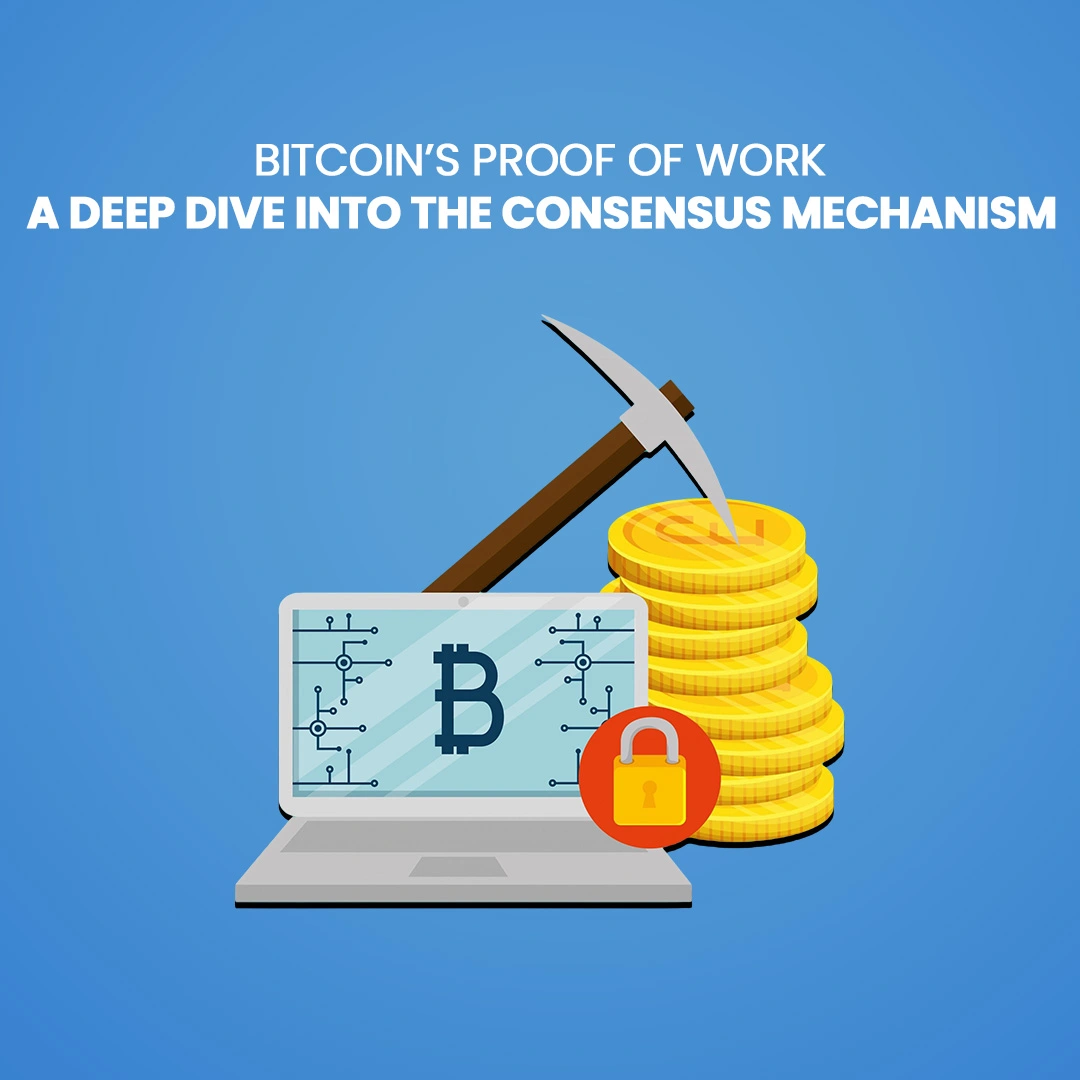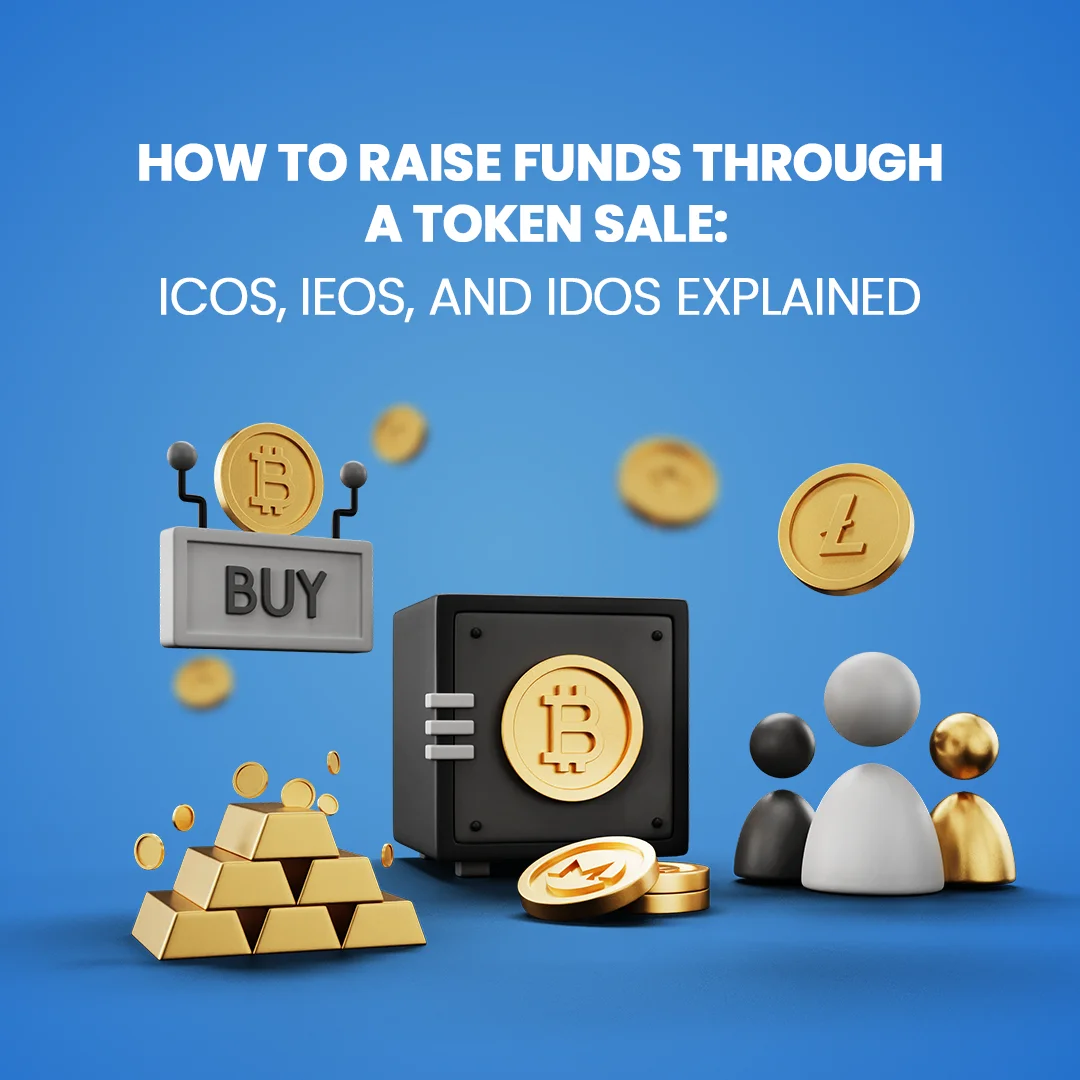

Bitcoin's Rise: Digital Currency to Global Asset
The use of money as a medium of exchange in society has changed dramatically over time, from the barter system to the digital currency Bitcoin. The journey illustrates how money and its place in society are evolving. As the next phase of this development, the Bitcoin cryptocurrency evolution offers the great minds at work an exclusive opportunity to look into revolutionary uses for this money of the future.
It is crucial to study the historical development of money and comprehend how Bitcoin differs from its forebears in order to fully comprehend Bitcoin’s potential as the medium of exchange of the future.
Let’s go through the captivating journey of money that’s considered a cornerstone of civilization-
The Origin of Barter Business
Early economies relied heavily on the barter system, which developed as a workable way to conduct trade in an environment devoid of any formal currency. The barter system made it possible for people to trade products and services with one another in accordance with their shared needs.
The barter system had inherent difficulties even though it was clever in its efficiency. Because it needed both parties to have the things the other desired at the same time and in the same quantities, the “double coincidence of wants” frequently made transactions difficult.
As communities got more specialized and sophisticated, the limitations of the barter system became more and more obvious. Commodities and eventually official currencies developed as a result of the clear need for a more effective and adaptable means of exchange.
The Commodity Mileage: Expansion of Trade
In retrospect, it is evident that commodities, such as cereals, cattle, and precious metals, were important assets that could be utilized to close the gap between various goods and services. They made commerce between local communities easier by providing a more standardized and widely recognized means of exchange.
The available commodities at the time thus broadened the horizon of economic connections by enabling different trades and individuals to deal with others in far-off places. A surge in the economy and a valuable exchange of cultures were encouraged by this interconnection.
Even though commodity exchange as a medium seemed a great breakthrough over the barter system, it had several drawbacks. Perishable commodities were primarily difficult to store and transport. Variations in supply and demand also lead to price fluctuations.
The Metal Coin Upswing
The revolution continued, and after commodities, precious metals were recognized by different governments in distant lands as a reliable and widely used medium of exchange. By creating legitimate coinage of metals and standardizing their weight and purity, they actively promoted their adoption.
Governments had a steady stream of income from taxes because of the usage of precious metals as money. They were also able to hold onto their wealth and influence within the global community.
Although precious metals had many benefits, there were drawbacks due to their physical constraints. Large amounts of gold and silver were difficult and costly to move and store, which prompted the creation of more practical substitutes like paper money.
Paper Money: Centralized Monetary Authorities
Paper money was a groundbreaking invention that made transactions efficient and simpler. Not only was paper money more practical and efficient, it also came as a great resolution to the prior challenges of transportation and storage of precious metals. Larger transactions and trading over great distances were made possible by it.
Governments understood that in order to preserve the value of paper money and prevent inflation, it was critical to regulate its issuance. They could regulate the money supply and guarantee its stability by centralizing the monetary system.
There was a sense of security and stability brought about by the gold standard, a system that fixed currency values to gold. But it also made it harder for governments to deal with economic crises.
The 20th century, however, saw the end of the gold standard, which resulted in a dramatic change in the global currency system. Fiat currencies, which are supported by the trust of the government, provided more flexibility and adaptability, enabling nations to apply monetary policies in response to economic difficulties.”
The idea behind creation of Bitcoin
The digital currency space aimed to create a new form of money that could be managed by all users instead of a bank or government, making it difficult for fraudsters to steal or counterfeit money.
However, not all of these early attempts were successful. Where one attempt found it impossible to keep people’s financial information private, another attempted to block spam using a unique code, but it was insufficient to replace the ordinary currency whatsoever.
Here are some former digital currencies before the evolution of the great Bitcoin:
DigiCash
Anonymous transactions that were unable to succeed because of financial issues and centralization.
B-money
A proof-of-work decentralized concept that paved the way for later cryptocurrencies.
Hashcash
Not intended for wider monetary use, but proof of work for anti-spam purposes.
E-gold
Electronic gold transfer; nonetheless, security and legal difficulties arose.
Bit Gold
A theoretical notion that served as the basis for subsequently developed cryptocurrencies; however, it was never fully realized.
Reusable Proof Of Work
Proof-of-work exchange, which functions as an educational proof-of-concept but has limited traction as a popular currency.
PayPal
Originally intended to be a worldwide currency, but due to legal issues, it changed its course and became an online payment gateway.
All of these attempts gone by resulted in the experts having larger life goals into generating digital asset technology based on fairness and security, until Bitcoin—was created by someone!
The arrival of Bitcoin
The creation of was not accidental; rather, it was the result of years of research and development in both technology and knowledge.
Digital currency experiments done formerly, the deep research, and the philosophical foundations of the Cypherpunk movement were all utilized by Bitcoin’s mysterious creator(s), Satoshi Nakamoto, to provide a revolutionary solution to the long-standing problems with digital currencies.
A recurring issue with earlier attempts at digital currency, double-spending, was addressed in a new way in the Bitcoin whitepaper.
Bitcoin created a reliable and open mechanism for recording and validating transactions by introducing the blockchain, a decentralized database of transactions.
The blockchain guarantees the integrity and immutability of the digital ledger using a consensus process called proof-of-work.
To follow Bitcoin trends and its price, rely on ethical sources, for example: Coin Market Cap
The Impact of Bitcoin on Traditional Finance
Bitcoin, a revolutionary invention, put to the test and challenged the traditional centralized financial institutions that had ruled for centuries.
Because of Bitcoin’s decentralized structure, there was no longer a need for middlemen like banks, which decreased transaction costs and increased transparency.”
Bitcoin’s underlying blockchain technology produced an unchangeable, safe public ledger that guaranteed transaction integrity and avoided double spending. This offered a degree of security and trust that was not possible in conventional financial systems before.
Bitcoin is all about algorithm-based restricted supply and has the potential to be a store of value due to its perceived scarcity.
Because of its resistance to control by governments and other entities, Bitcoin has come to represent financial independence and empowerment for a large number of people worldwide, unlike fiat currencies, which governments have the power to devalue.
Bitcoin, a Revolutionary breakthrough for the Global Monetary System
Bitcoin is a decentralized digital asset with a special value proposition, and yes, it is a revolutionary breakthrough for the world of global finance. In addition to its potential as a means of trade and store of value, Bitcoin has a few additional important features that set it apart as the future of money:
Decentralization
Since Bitcoin runs on a decentralized network, its transactions are not governed by a central body or middleman. Because of this, it is immune to manipulation, censorship, and government interference.
Scarcity
The 21 million coins that make up the finite quantity of Bitcoin mark it as a scarce resource. Over time, its value may increase due to its scarcity.
Divisibility
Bitcoin can be split up into smaller pieces, called satoshis, which makes it possible to conduct different kinds of transactions. This improves its usability and accessibility for regular purchases.
Security
Transactions are highly secure because to Bitcoin’s blockchain technology. The confidentiality and integrity of the data are guaranteed by the cryptographic techniques in use.
Worldwide Reach
Anyone with an internet connection can send and receive bitcoins from anywhere in the globe. This lowers transaction costs and eliminates the requirement for conventional cross-border payment systems.
Innovation Potential
A variety of cutting-edge applications, including supply chain management, identity verification, and decentralized finance (DeFi), can be created using the underlying technology of Bitcoin.
Bitcoin is a valuable asset since it has a wide range of features and potential for innovation. The function of Bitcoin as a digital asset is probably going to grow and diversify as the cryptocurrency market develops further. The global economy may change as a result of its capacity to empower people and enterprises, lower transaction costs, and promote financial inclusion.
Bitcoin’s role in the evolution of money and how does it benefit?
Here is Bitcoin’s role in growth and development of money and how people and communities may benefit from it-
Financial Inclusion
Billions without a bank account or underprivileged people throughout the world can receive financial services from Bitcoin. This can enhance economic prospects and decrease poverty.
Reduced Transaction Costs
Compared to conventional cross-border payments, Bitcoin transactions are frequently quicker and less expensive. Businesses, people, and charitable organizations can all profit from this, particularly those that operate in areas with restricted access to conventional financial services.
Increased Financial Control
With Bitcoin, people can increase their financial control. In addition to avoiding the costs connected with typical financial transactions, they can hold their wealth independently of banks and safeguard it from inflation and government seizure.
Economic Sovereignty
Without depending on a centralized authority, Bitcoin can enable people and communities to engage in the global economy. This can support economic self-determination by lowering reliance on erratic governments or currencies.
Enhanced Security
Bitcoin is extremely resistant to fraud and hacking thanks to its cryptographic security. This may offer a more dependable and safe method of storing and handling money.
Disaster Resilience
Due to its decentralized structure, Bitcoin is resistant to both political unrest and natural calamities. This can guarantee that even during emergencies, consumers may access their money.
Innovation and Opportunity
New business models, as well as cutting-edge goods and services, can be made possible by blockchain technology and bitcoin. This may stimulate employment creation, economic expansion, and increased productivity.
Bitcoin: A Disruptive Force in the World of Money, as a Catalyst for Wider Societal ramifications
By challenging the prevailing power structures in traditional banking and fostering a more just and inclusive financial system, bitcoin has the potential to empower individuals.
Challenging Centralized Power
The financial system’s dominance by governments and central banks is put to the test by Bitcoin’s decentralized traits. This can lessen the possibility of government overreach and increase economic freedom.
Encouraging Economic Sovereignty
Bitcoin can provide people and groups with more authority over their money and financial choices. This can support economic sovereignty by lowering reliance on foreign governments or currencies.
Encouraging Innovation: Blockchain technology and bitcoin have the potential to stimulate innovation in the financial industry, resulting in the creation of new goods and services that will be advantageous to both people and companies.
Reducing Financial isolation
By giving unbanked or underbanked individuals access to financial services, Bitcoin can reduce financial isolation and inequality.
Encouraging Financial Literacy
Using Bitcoin can motivate people to pursue more education in personal finance and financial literacy. This can assist consumers in avoiding financial frauds and making wise financial decisions.
The Bitcoin modern era and the significance of ordinals
A surge of creativity and progress in the Bitcoin infrastructure and decentralized applications (DApps) ecosystem has been spurred by the introduction of ordinals. Ordinals have been swiftly integrated into Bitcoin wallets, and a plethora of products related to this new functionality have been launched.
Bitcoin as a Global Asset
A recent addition to the Bitcoin blockchain is the ability to engrave data on individual satoshis, or the smallest unit of currency, using ordinals. Consider them as distinct identities or serial numbers that are associated with particular Bitcoin transactions.
This functionality has created new opportunities for collectibles, asset tokenization, and other cutting-edge uses. Ordinals, for instance, can be used by corporations to tokenize real-world assets and by artists to produce and market digital art.
The emergence of ordinals has strengthened Bitcoin’s standing as a worldwide asset. Ordinals are helping the Bitcoin ecosystem grow and evolve by bringing in more developers and investors and enhancing its functionality.
FAQs
The concept of decentralized finance, or DeFi, has the power to completely alter the way we view and handle money. DeFi can build a more accessible and effective financial system by doing away with mediators and granting direct access to financial services.
As money became more digital and accessible, financial technology has created creative ways to address the shifting demands of individuals and businesses. These solutions range from traditional banking systems to digital currencies and decentralized finance.
Because of its decentralized nature, Bitcoin reduces transaction costs and boosts security by doing away with the need for middlemen.
Although some have found Bitcoin’s price volatility challenging, investors and speculators looking for large returns have also been drawn to the network.

